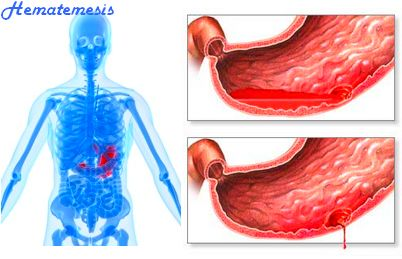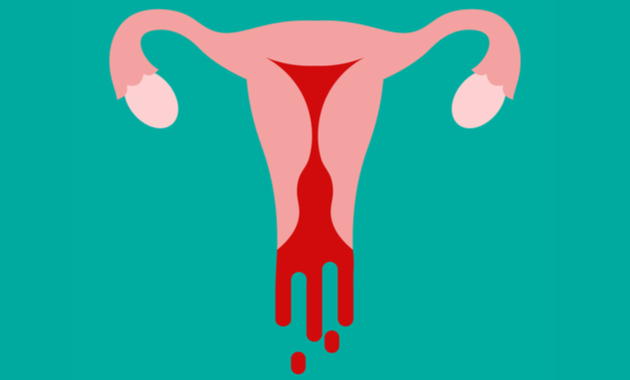Introduction:
Chagas disease, also known as American trypanosomiasis, is a parasitic infection caused by the protozoan Trypanosoma cruzi (T. cruzi). The disease is endemic in Central and South America, where it affects approximately 6 to 7 million people, with an additional 70 million individuals at risk of infection. The disease is transmitted to humans via the feces of triatomine bugs, also known as “kissing bugs”. The acute phase of the disease is usually mild or asymptomatic, but if left untreated, the chronic phase can lead to serious cardiac and digestive complications.
Etiology and Transmission:
T. cruzi is a hemoflagellate protozoan that is primarily transmitted to humans via the feces of infected triatomine bugs. These bugs typically live in the cracks and crevices of poorly constructed housing, and feed on the blood of sleeping humans at night. During feeding, the bug defecates near the site of the bite, and the feces, which contain the T. cruzi parasites, can then enter the human body through mucous membranes or broken skin. In addition to vector-borne transmission, Chagas disease can also be transmitted via blood transfusions, organ transplantation, or from mother to child during childbirth.
Clinical Manifestations:
The clinical manifestations of Chagas disease can be divided into acute and chronic phases. The acute phase usually lasts for several weeks and is characterized by mild or asymptomatic symptoms, including fever, headache, muscle pain, and swollen lymph nodes. In some cases, patients may develop a characteristic swelling of the eyelid on the side of the bite, known as a “Romaña sign”. However, in approximately 30% of cases, the acute phase can progress to a severe form of the disease, with myocarditis, meningoencephalitis, and other serious complications.
If left untreated, the chronic phase of Chagas disease can develop decades after initial infection, and can lead to severe cardiac and digestive complications. Cardiac complications are the most common and include cardiomyopathy, arrhythmias, and heart failure. Digestive complications can include megacolon and megaesophagus, which can lead to difficulty swallowing, malnutrition, and weight loss.
Diagnosis and Treatment:
Diagnosis of Chagas disease can be challenging, particularly in the chronic phase, as symptoms may be nonspecific and laboratory tests may have low sensitivity and specificity. Serological tests, such as ELISA and indirect immunofluorescence, are the primary diagnostic tests, although PCR and microscopy may also be used.
Treatment of Chagas disease is most effective in the acute phase, with antiparasitic drugs such as benznidazole and nifurtimox. These drugs are less effective in the chronic phase, and treatment is usually focused on managing symptoms and preventing complications. In cases of severe cardiac or digestive complications, surgery may be necessary.
Prevention:
Prevention of Chagas disease primarily involves control of the triatomine bug population, through measures such as improved housing, insecticide spraying, and bed net use. Blood transfusion and organ transplantation screening programs have also been implemented in endemic areas to reduce the risk of transmission through these routes.
Conclusion:
Chagas disease is a significant public health problem in Central and South America, with millions of individuals affected and at risk of infection. The disease is transmitted primarily by the triatomine bug, and can lead to serious cardiac and digestive complications if left untreated. Diagnosis and treatment can be challenging, particularly in the chronic phase, and prevention is focused on controlling the vector population and reducing transmission through blood transfusions and organ transplantation. Further research is needed to develop effective treatments for the chronic phase of the disease.
Get more about chagas' disease






